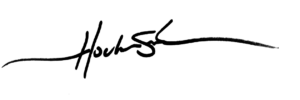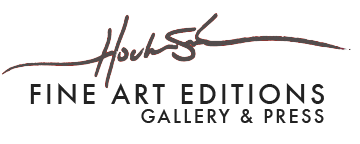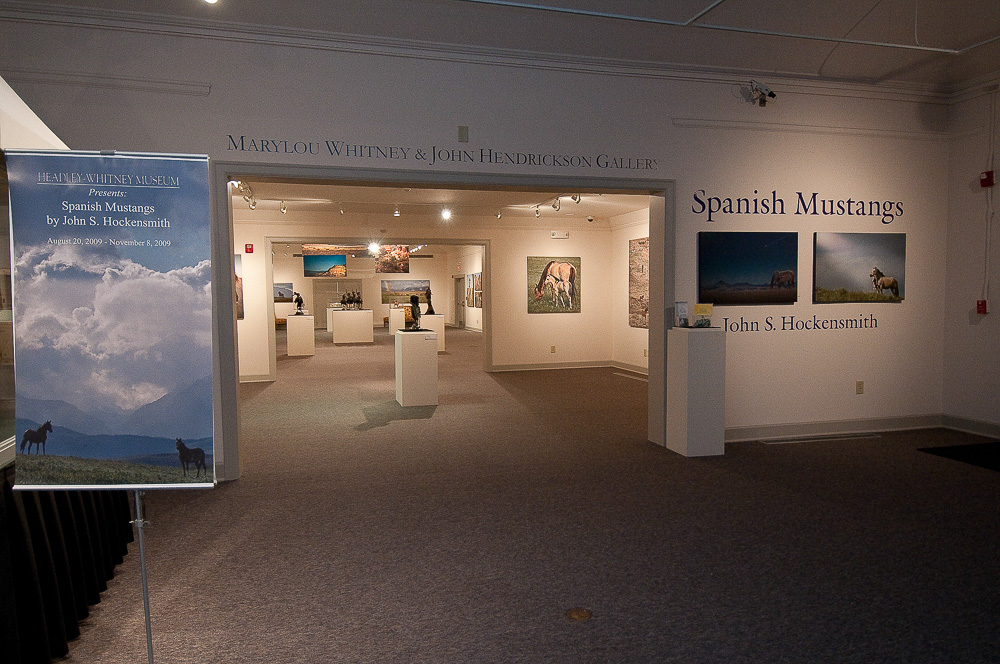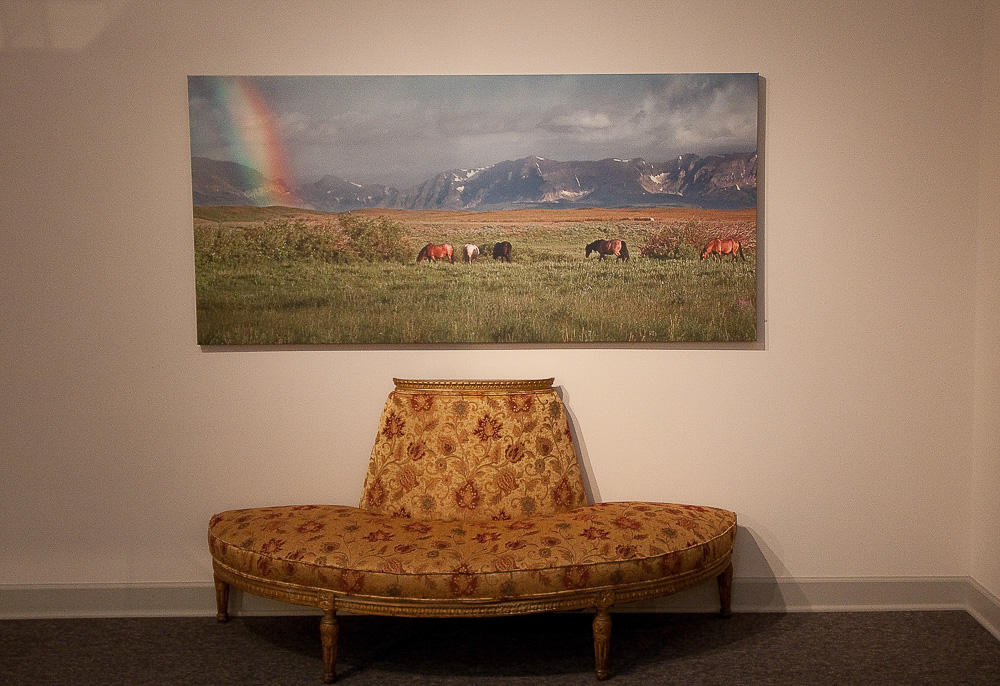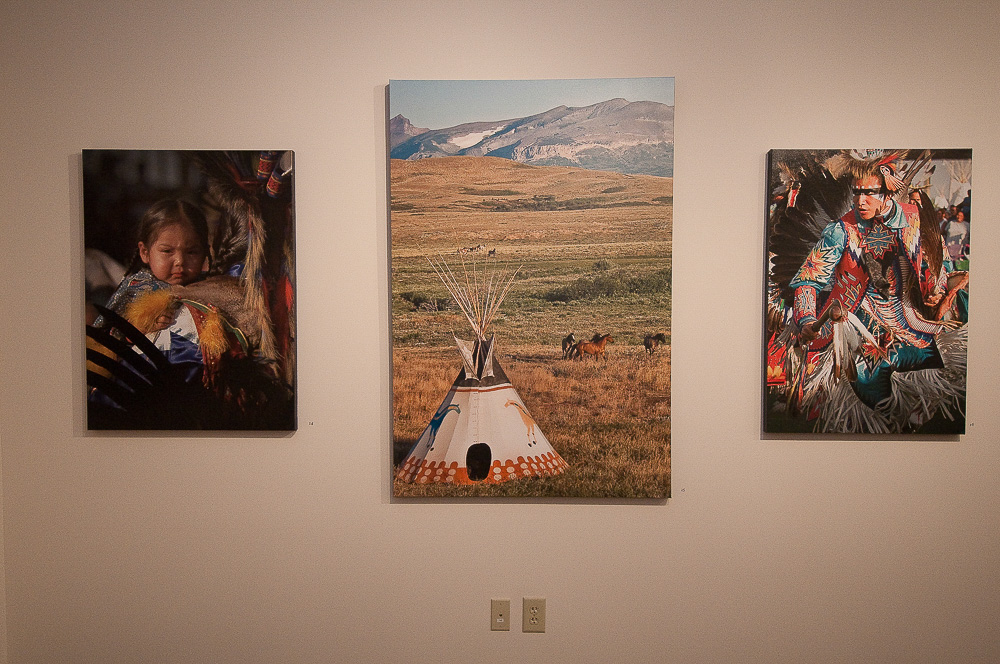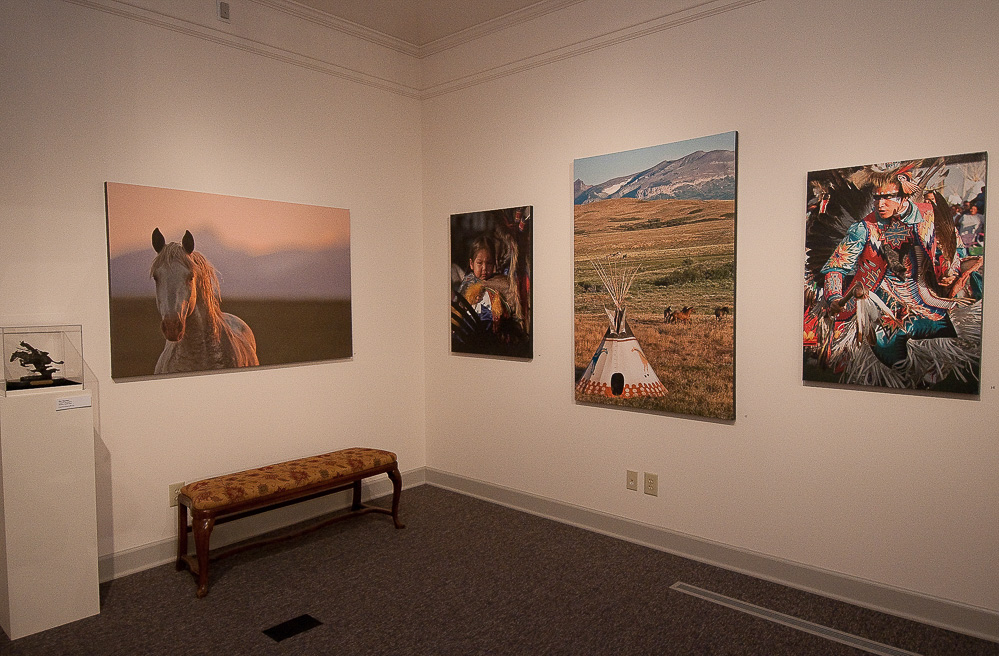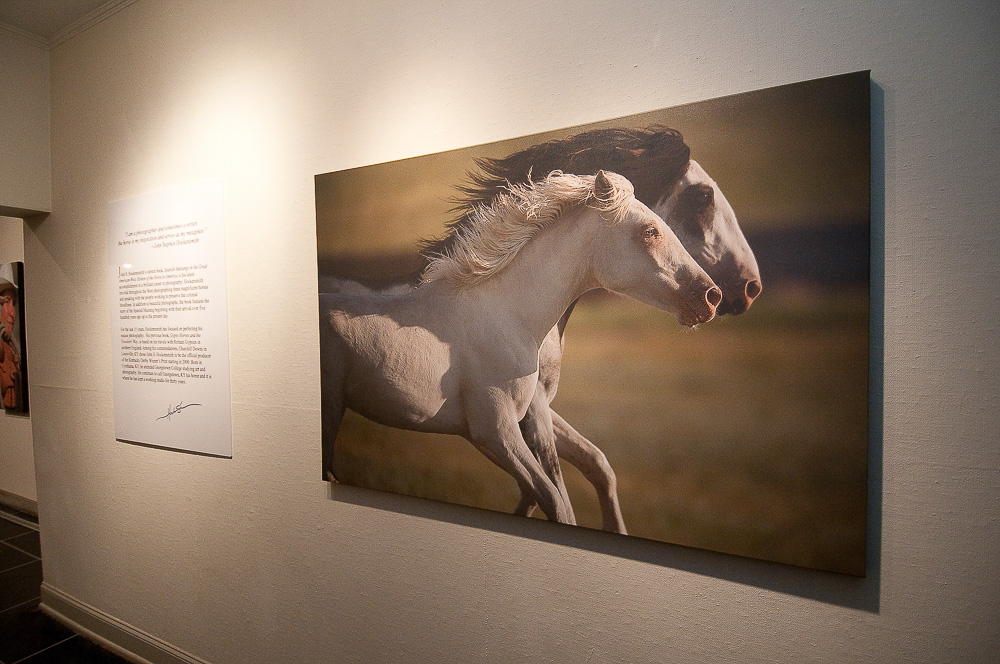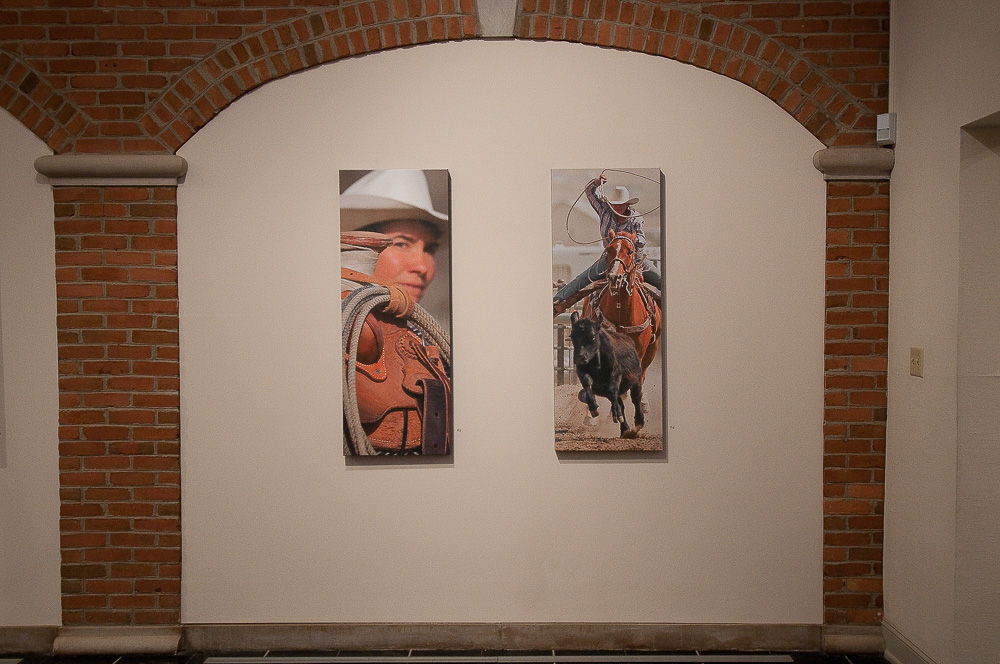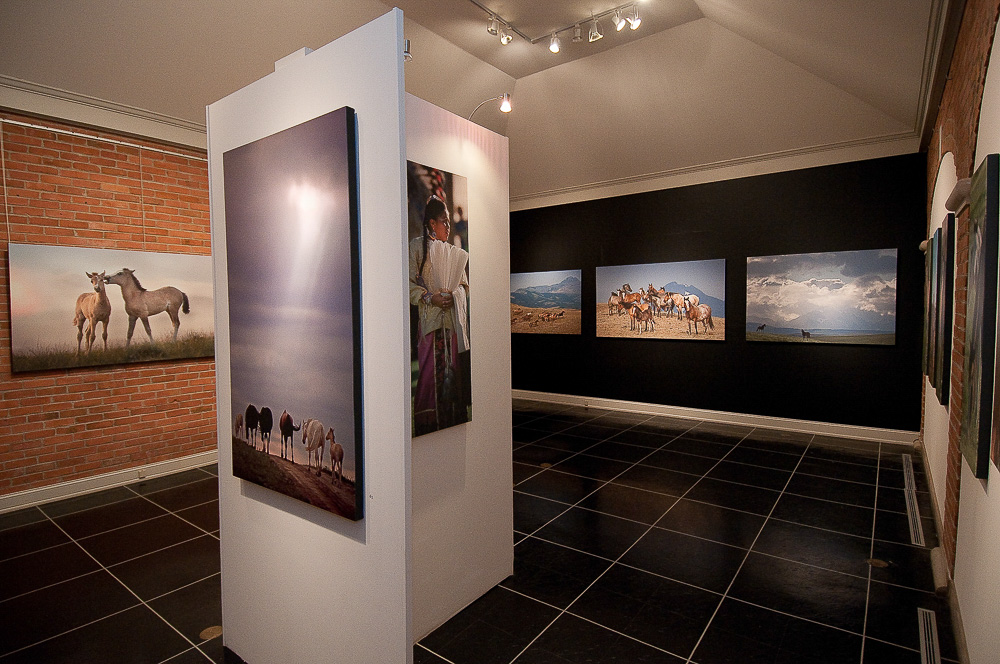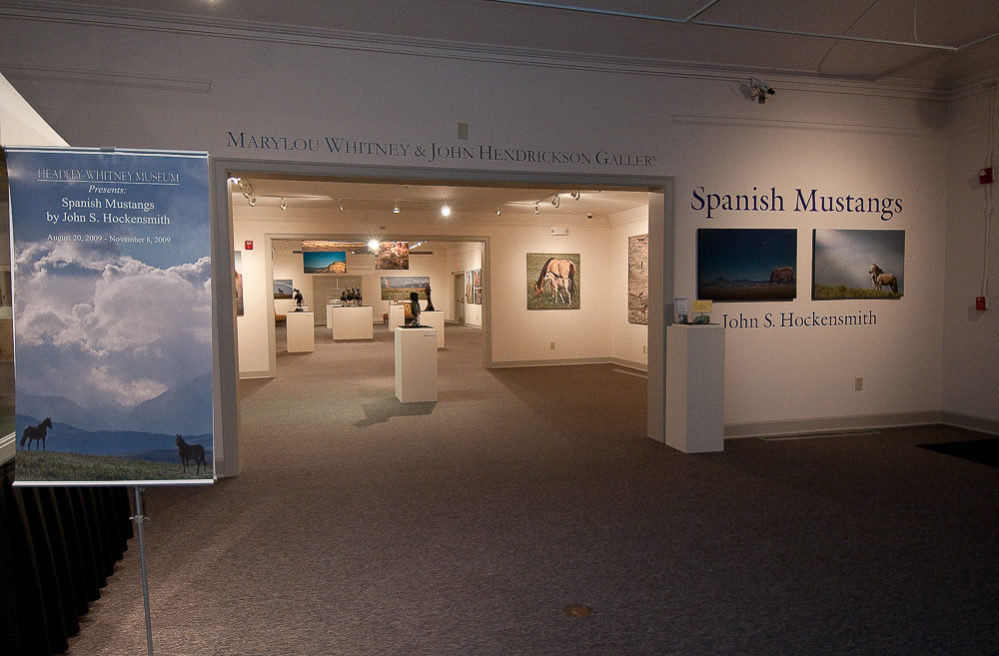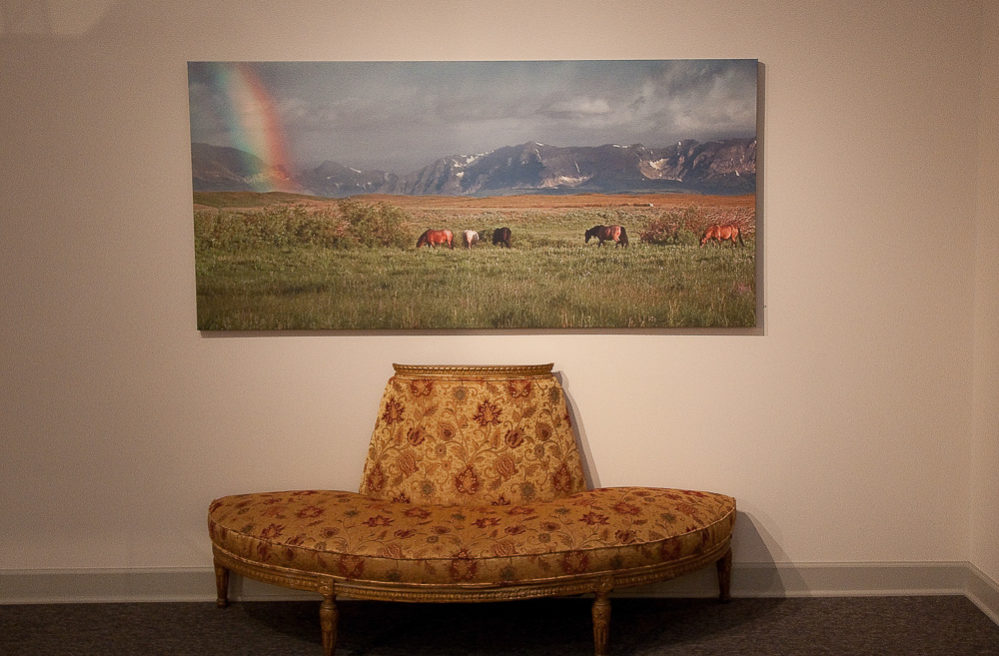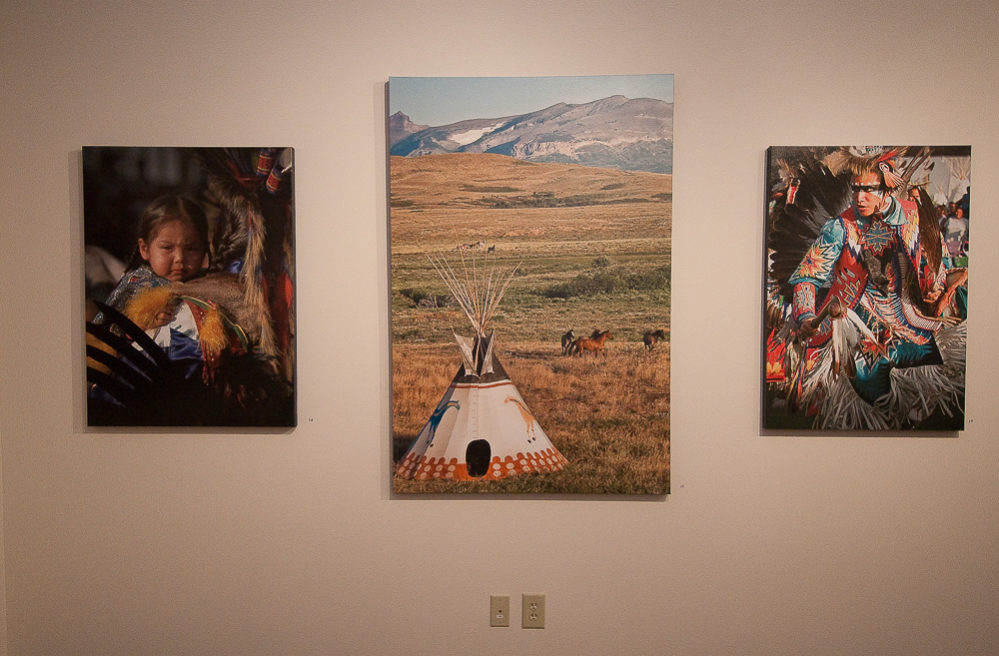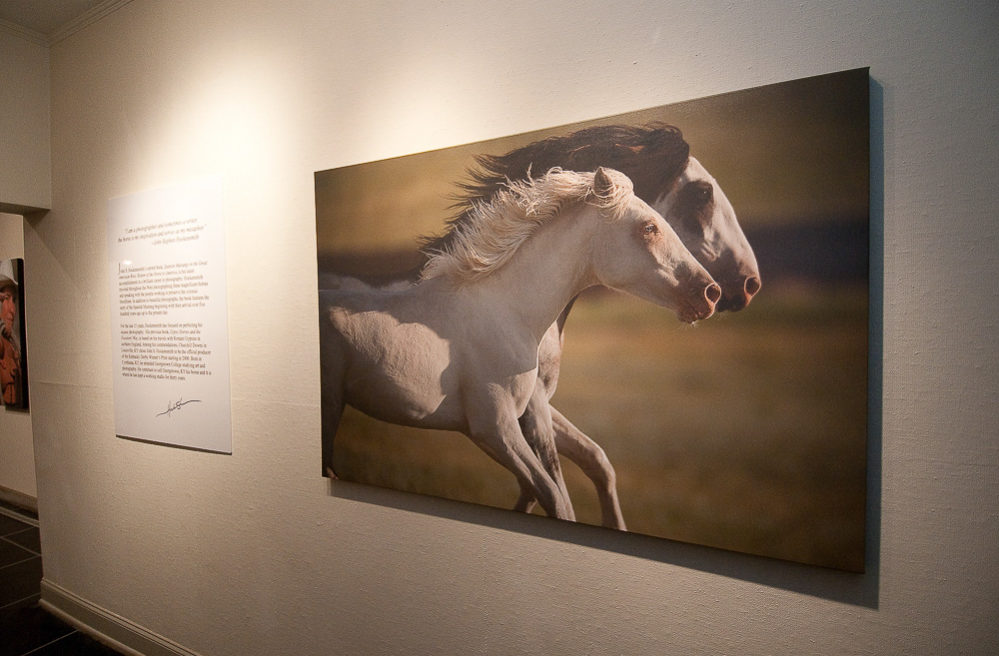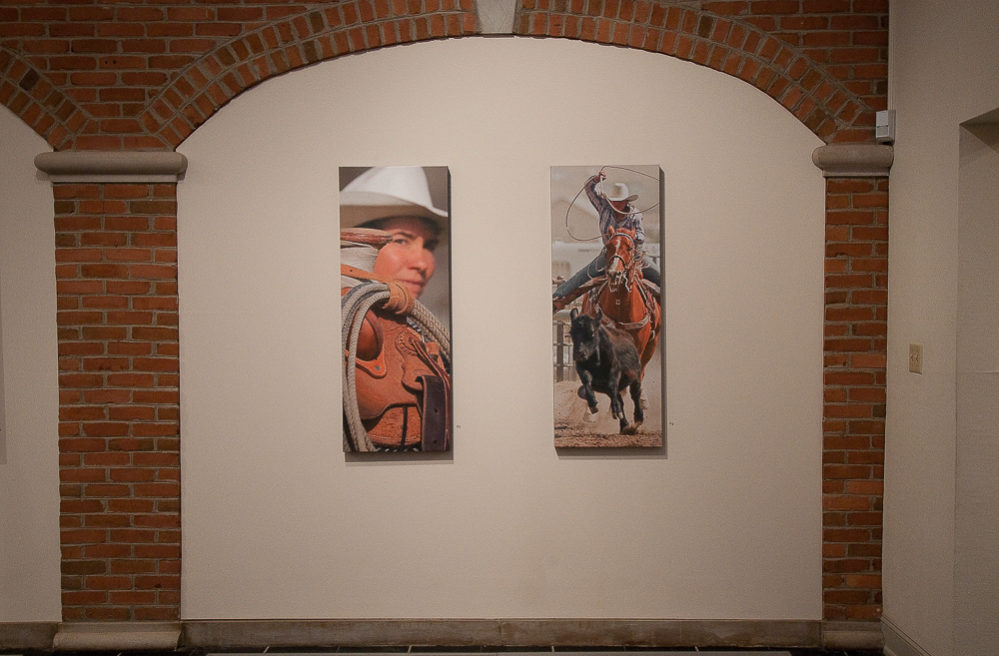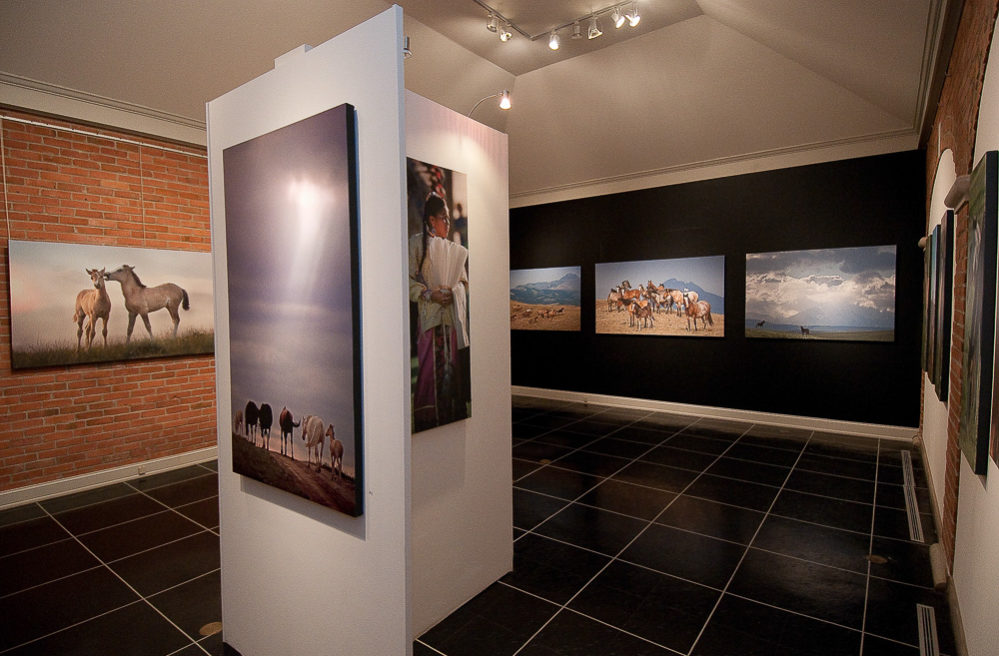The Spanish Mustangs Exhibit at the Headley-Whitney Museum in Lexington, Kentucky
Horses are an integral part of the American experience, so tied with the development of the nation and its psyche that it is impossible to imagine our history—or our lives today—without them. Yet prior to the arrival of the early Spanish explorers, horses had been missing from the North American continent for millennia due to a phenomenon that still eludes explanation. In this magical alchemy of the past with the present, celebrated equine photographer John S. Hockensmith analyzes how the return of horses with the conquistadors forever changed both the native cultures and the subsequent development of the country that would become the most powerful in the world.
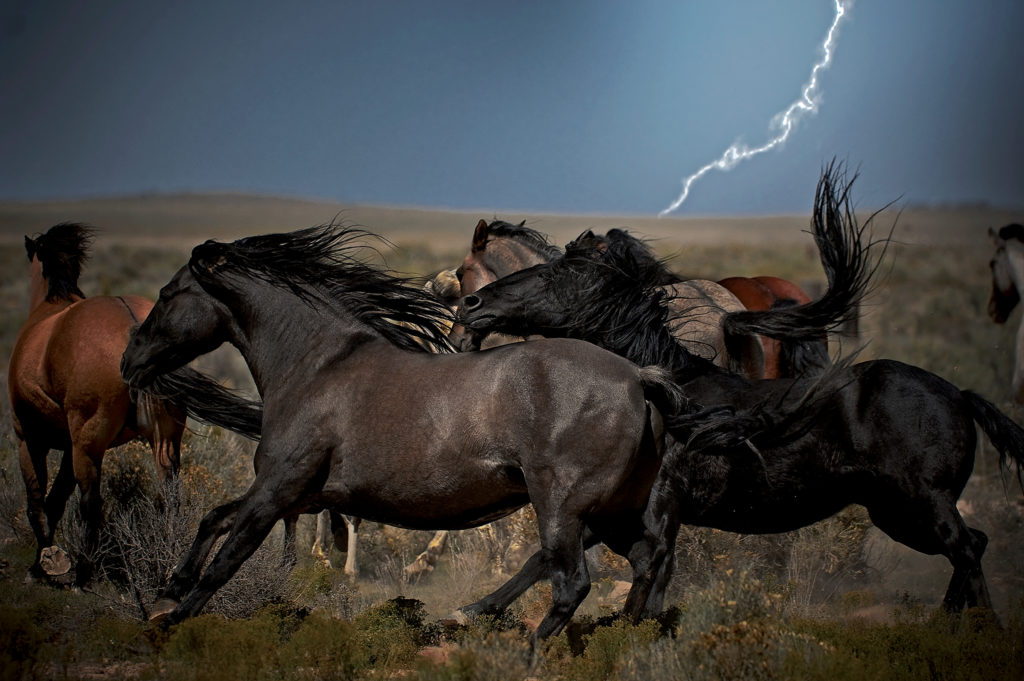
Stunning photographs of modern horses that display the distinctive traits of their Spanish, Arab and Barb forebears enliven the pages with vivid color. Captured visually in the rugged Rocky Mountains or the rolling grassy plains of the West as well as the remote reaches of Oklahoma’s hills, these horses are our shared living legacy. From the tender private moments between mares and foals to the aggressive determination of clashing stallions, Hockensmith throws open a breathtaking window on the vista of these horses’ lives as well as the sweeping panoramas that they inhabit. The sagas of conquistadors, Indians, mountain men explorers and cowboys were all carried on the backs of these horses’ ancestors, who did as much to shape the story of America as any group of humans. A wealth of maps and relics spanning several centuries, including renderings of horses on rock canyon walls by natives who saw them as mystical beings, add further embroidery to this rich tapestry of the Mustang heritage.
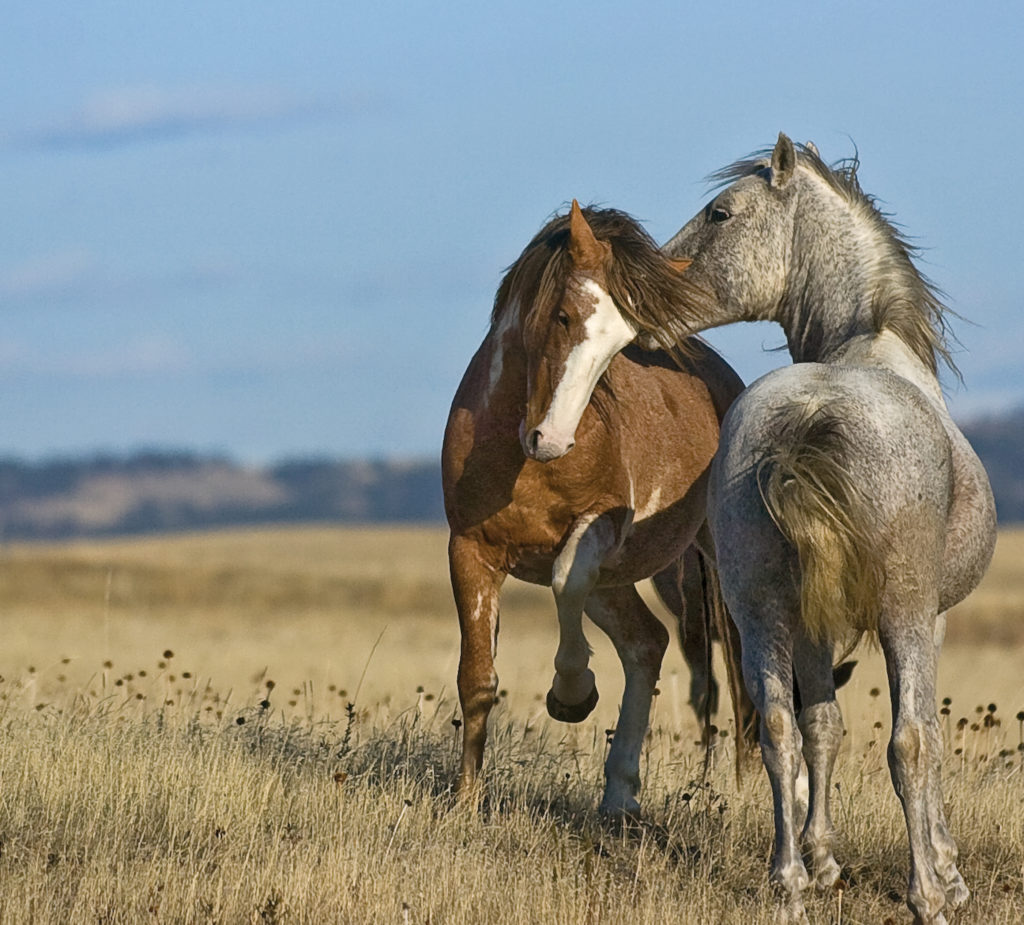
With an ongoing emotional debate about the future of America’s wild horses, many of which trace their ancestry back to the Spanish steeds and the early mustangs, this body of work will stand as a significant marker on the mutual path traveled by horse and human.
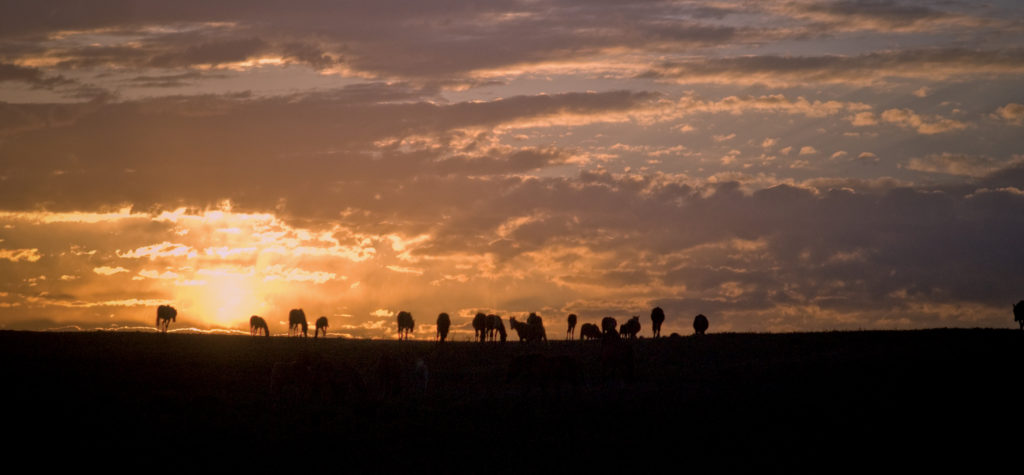
From Artist John Stephen Hockensmith:
This body of work endeavors to embrace the spirit of freedom. It is also a reflective journey back into times when there were few written records. What history exists from these eras has survived mainly through oral or personal accounts, creating an alluring yet ambiguous aura surrounding the unknown. Perhaps these horses of the expansive West, descendants of the hardy equine souls who endured the harshness of rough seas and untamed wilderness as they enabled their Spanish masters to colonize the New World, are truly the great American metaphor: running free, galloping headlong into stiff winds of the open plains, living under no laws but those governed by nature. This ideal of unharnessed horses in flight across wild terrain stretching from horizon to horizon is certainly as emblematic of liberty as the bald eagle soaring across vast skies.
The chronicle Spanish American Mustangs in the Great American West is based on a few facts that can be derived from the scant written records. This journal also attempts to search out truths that lie beyond the notions seared in our typical lifelong impressions; thus it unravels American myths and legends as told by Hollywood and Anglo-American history books. The artistic results and impressions that I have gleaned were not guided by preconceived notions, but rather by the sincere yearning to travel past perceptions that were indelibly imprinted upon my psyche.
Studying the saga of feral horses on the Western plains and the bloodlines nurtured and created by nature’s selective hands has left deep impressions on my character as well as caused many questions to hover in my mind. Truth is lucid like a moment in time when fog lifts and clarity prevails, but it is elusive, filtered by the account of individual perspective whispered from generation to generation, changing by the minutes that turn into centuries. The truth of any event or age is only briefly held by those who were a part of what transpired; each subsequent testimony is a coloring of the hard facts into progressive perspectives, again and again. So, this material is based on Spanish accounts, oral records of the Native American Indians, Mexican recollections and the sagas of mustang wranglers, past and present. Hopefully, it is fair to say that somewhere within these disparate accounts there is a truth, some of it is scientifically clear but much factually vague due to lack of definitive evidence.
The book and images are an attempt to examine the various viewpoints and to begin to resolve the myths and legends, the embellished, the imagined. I am a photographer, artist and occasionally a writer; I am not a historian, nor am I an academic, but I do pour through manuscripts, books and oral stories that are the trails to our past. I don’t want to just repeat others’ stories of events that shaped our lives today, but I want to walk with them, breathe with them and see where their chapters unfolded. I want to close my eyes and imagine that I was there, gaining the vision of all those who were. I want to hear the echo of eons in varied perspectives, and I want to own them and to grow from them.
My perspective is certainly not fact but rather more of a personal essay. Most history is just a resuscitation of what has been written or told, but what I want to accomplish is to angle a mirror that reflects my inspiration, hoping it kindles the flame that allows others to rethink how they feel about our heritage. This body of work is but an episode in my education of myself—a lesson of reckoning, a lesson in living far different than going on a journey from one place to another and reporting what was seen. This is a personal passage that travels through time and across cultures, beginning in 1493 with Christopher Columbus’s second voyage and the return of the horse to the Western Hemisphere. This is an odyssey that transverses five centuries in search of freedom, all the way into the Blackfeet Nation of the present day. In order to begin, I will take one step forward and two steps inward.
To this beautiful animal, whose personification is freedom, and to whom we as mankind owe so much, we should never say goodbye. We are to fan the embers of your blood, cherish the unspoken wisdom contained in your eyes, share the windblown from your souls, and forever honor the debt of love and respect due you who are loyal, innocent descendants of Eden.
We should never say goodbye…
